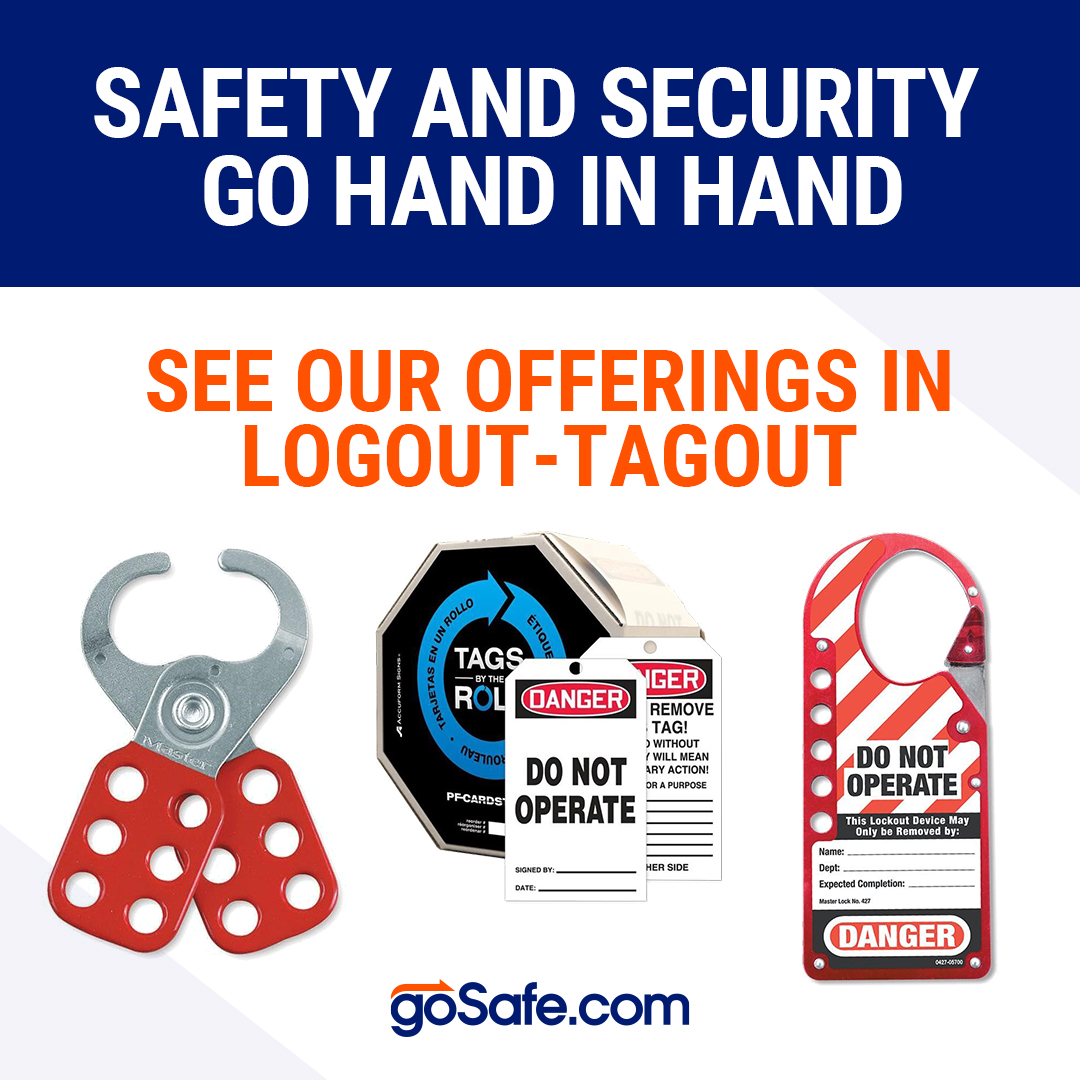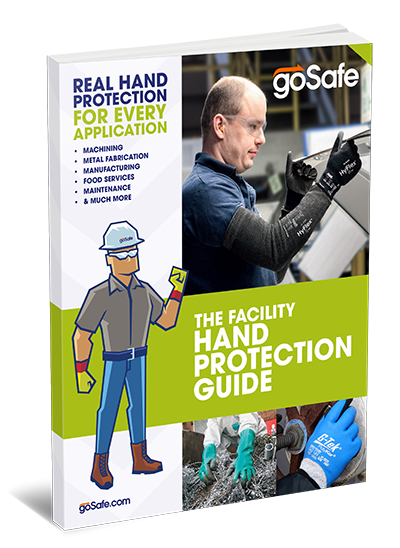You can count on spills. Even if you can somehow manage to implement the perfect warehouse organizational and safety plans, it’s highly unlikely that you’ll keep chemical spills from happening 100% of the time.
It honestly doesn’t make much difference if it’s a small spill or a major hazard. You need a response plan. Having a solid response plan in place gives your workers the confidence they need to think fast in spill situations.
It’s up to you to prepare your workforce to react effectively by equipping them with the right tools to do the job. It’s that confidence and preparation that lead to the ability to respond quickly, save time and resources, and most importantly, avoid injuries.
In order to properly determine the types of spill control sorbents needed within your facility, you’ll have to do your homework. Start by identifying the various types of chemicals located within your facility.
Assessment:
This shouldn’t be too complicated to accomplish since in 2015 OSHA mandated that all chemicals are required to be labeled in their Hazard Communication Standard, a system that closely aligns with the Globally Harmonized System (GHS). This system uses a series of predetermined symbols and classifications that provide all users with standardized, easy-to-understand, information that explains the risks involved with each chemical.
Knowing the potential hazards you’re dealing with and accounting for potential changes in the environment inside your warehouse are the keys to well-informed spill control buying decisions. Are there liquids in your warehouse that are oil-based? Will you need bioremediation in order to prevent hazardous chemicals from creating dangerous situations during a spill? With answers to questions like these at hand, you’re ready to stock your facility with oil-only, general purpose or HazMat sorbents.
Safety suppliers like goSafe who truly understand the needs of warehouse spill control sorbents can supply you with easy-to-order, complete kits and refill packs that contain the right products for each category of spills. But before you head off to shop for all your spill control sorbent needs, read on to bring your knowledge of spill control sorbents full circle.
Protection:
Your top priority is the safety of your workers. (That’s why you’re here reading this blog in the first place, right?) So don’t send them into a spill situation of any size or type without protecting them first. Proper Personal Protective Equipment (PPE) has to be considered next in this journey to complete spill control safety.
We can’t discuss the right way to prepare for warehouse spills and skip over this integral piece of the equation. From safety glasses or goggles to respirators , from protective clothing to providing proper eyewash and shower compliance, you’ll need to provide a full range of PPE that guards the loyal employees whom have been tasked with spill clean-up duties.
Now you’re prepared. You know the risks involved with the chemicals in your warehouse. You’ve factored in the possible environmental changes that could affect clean-up efforts. You’ve thoughtfully chosen protective gear that will keep your workers from harm when they’re knee-deep in their carefully planned spill response efforts. Now what?
Glad you asked, because we’re not quite ready to wrap up this topic just yet. It's time to talk dirty.
Stopping and containing the mess:
Once a spill has occurred at your facility stopping a spill can be as simple as shutting off a valve someone left open or picking up the container that the spill originates from. But in the instance a spill is caused by a leak you’ll need to first identify the source and address that problem before moving on.
Once a spill is stopped you can effectively move on to containment. Here’s where spill control socks or booms come into play. Socks are best used in most common industrial facility spills. They’re flexible, easy to put in place and are filled with absorbent materials designed for specific spill categories, general use, oil-only and HazMat related spills.
Booms are typically used to contain spills in water since they repel water while absorbing spills. They’ll float even once they are completely saturated from a spill which gives them a unique characteristic that may prove useful in some distinct, less common warehouse settings.
Clean up:
There are a lot of options when it comes to spill control sorbent types. Pads, rolls, & loose absorbents all offer options for cleaning up facility spills. Carry an assortment of each sorbent type on hand in order to be best prepared for responding to the unpredictable way a spill will take place. goSafe offers a universal spill kit in a 55 gallon drum that can be used for disposing of spill clean-up items or repacked so that it’s always on hand when the need arises.
If spills are likely or have a particularly high risk factor in your warehouse or facility, consider using secondary containment measures such as containment berms or spill pallets. They can limit the reach of spills and dramatically reduce the need for extensive clean-up. –That’s a cost and time saving tactic the pros like to employ.
More pro-tips on spill control:
- Deciding which spill control sorbents are needed in your facility doesn’t have to be something you figure out alone. A facility assessment can bring to light less blatant or commonly overlooked hazards, which can be the biggest culprits when it comes to causing warehouse spills.
- Don’t skip cleaning up the clean-up. Make sure workers that partake in spill clean-up have ample access to wash areas and decontaminate or dispose of PPE in the same manner they dispose of the rest of the contaminated items.
- Part of a good response plan includes ensuring workers know when and how to call the proper authorities if a spill is life-threatening or just too large to manage on their own. A local Oil Spill Response Organization’s (OSRO) contact information should always be readily accessible and no one should ever underestimate the efficiency of a 911 call in a serious spill situation.
This guide is meant to help you make informed decisions regarding spill control sorbents. If you aren’t sure what might work best in your specific situation, give us a call, we’ll be glad to help you sort it out or for full access to even more spill control products, shop now.







